
Actually watching birds is something that a lot of birders forget to do. By this I mean that all too often bird watchers get their thrill from seeing a new bird for their list, be it their life list, local patch list or just their day list. I think we have all fallen into this trap at times, particularly on a day with lots of species present or when first arriving in a new country. However, the most fundamental aspect of bird watching is actually observing birds and seeing thme do something interesting. Many birders will have first been excited by birds due to some aspect of their behaviour, be it backyard birds squabbling over food, a majestic raptor soaring overhead or even feeding ducks at a local duck pond.
When we actually take the time to observe bird behaviour we see the most remarkable things. Many birders will be familiar with the foot-stirring technique used by some egrets, plovers and some other birds; this can be regularly seen in Little and Snowy Egrets around the world. For those not familiar with this it is best described as;
“Briefly, the feeding heron extends one leg and vibrates or quivers it, especially the foot, then stabs at any prey that darts from the disturbance.”
It is obvious to anyone that has observed this behaviour that it is a feeding technique but, what are they actually doing?
Just by watching this Little Egret (Egrette garzetta) feeding at Oare Marshes in Southeast England it looks like the bird uses its foot to stir the water or the mud in order to stimulate prey into breaking cover. This technique has been described “stirring”, “scraping” and “raking” and these various terms may give us some hint of what the bird is actually doing under the water.
Any birders who have witnessed this behaviour for themselves will probably have seen that sometimes birds use their foot to stir the water and at other times they disturb the substrate under the water so even just a casual observation and a little bit of reasoning would indicate that a couple of different feeding strategies are taking place.
I would highly recommend reading this short paper which discusses this Foot-stirring behaviour in Herons, specifically Snowy Egret, Reddish Egret and Trocolored (Louisiana) Heron. This article documents a variety of strategies that were used in combination with foor-stirring and even makes the suggestion that at times the birds were using their feet as a lure! The article also goes on to describe slightly different techniques in each species and that Snowy Egret uses foot-stirring behaviours far more frequently than the other species. This is interesting as another paper states that “foot shuffling” was only observed in Little Egrets in a study of five species in Malaysia; Little Egret being a very close relative of Snowy Egret. You can read this second study here - Foraging Behaviour of Five Egret Species in POME Area At Carey Island, Peninsular Malaysia.
It appears that data suggests that this feeding technique is effective but what I found interesting is that it also appears that individual egrets are either left or right footed. I like the idea that “bird brains” are similar to human brains in this way.
I would encourage other birders just to take the time to watch birds closely and discover all sorts of interesting behaviours for themselves. I have found that it does not take that long before you notice something very interesting, something that has not been frequently recorded or commented upon and sometimes something that has never been recognized before.
For those bird-lovers who want to read more about egrets and herons this beautiful book is full of photographs and information on these birds, along with cranes – Cranes, Herons & Egrets: The Elegance of our Tallest Birds – second hand copies are very cheap.
Let me know in the comments section below if you have seen other species using this method of feeding.


 May 6th, 2020
May 6th, 2020  Nick
Nick  Posted in
Posted in  Tags:
Tags: 
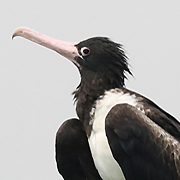
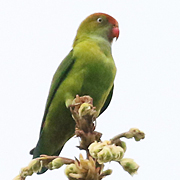
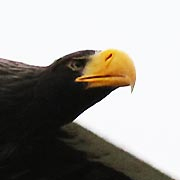

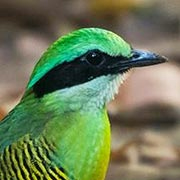
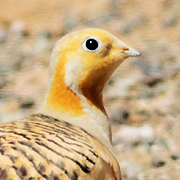
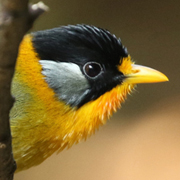
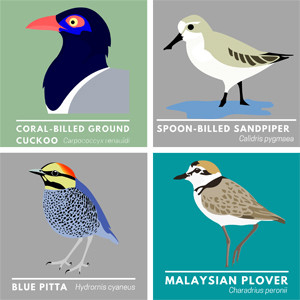




Great topic for an article. I too have often noticed birders out for the “count” more so than the enjoyment in actually watching individuals go about their lives. And I’m guilty of it as well. This is particularly why I have come to enjoy backyard birding, as it forces one to sit still and focus, without jumping at the next possible species whizzing by. There are a pair of black collared starlings near to me, which have two homes (or at least two homes), one where they just raised a single chick who has fully fledged and is out and about, growing by the day, and one which they seem to just keep other birds away from. The nests are at a similar height, the main one being a big dome-like structure atop a flat overhang of a house, and the other a more typical looking large nest in a tree around 50 meters away. I often see them scare others of their kind from their homes, daily in fact, and I wonder if they will be nesting another brood as they are once again increasing the size of the dome nest, even whilst helping the juvenile in the daily tasks of his strange new existence.
Watching all the new fledglings at this time of year is particularly enjoyable. In addition to the starlings, there are several juvenile coppersmith barbets flying and hopping about, streak eared and yellow vented bulbuls of various juvenile stages and even a nest of streak eared in my garden. The babies are a week old. Anyway, thanks for the read.
Thanks for that Patrick, those types of observations are exactly what I mean. I wouldn’t be surprised that if you tried to find out more about nesting habits of Black-collared Starling there was not a lot written on the subject. Of course we all fall into the trap of going for the next bird rather than enjoying the one in front of us at times.